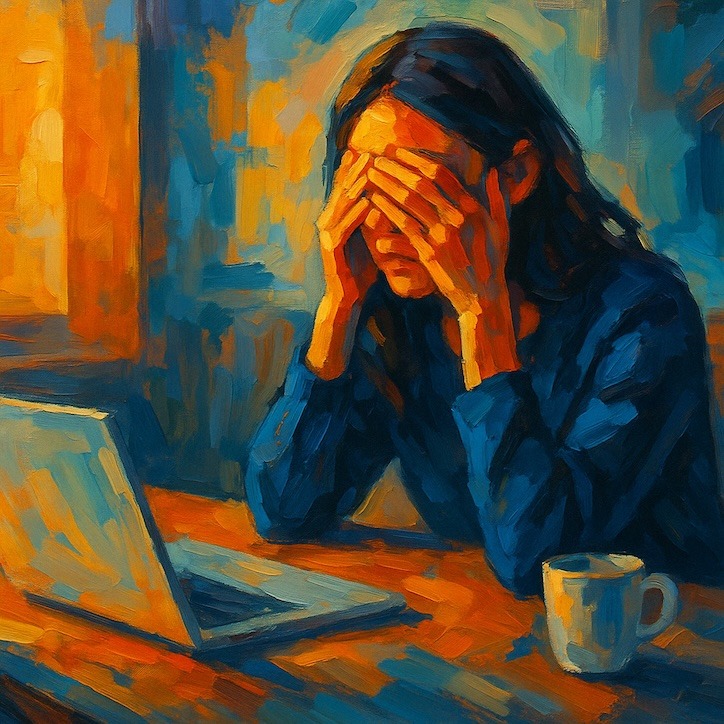We’re often told that burnout is a personal issue—something that’s the result of not managing our time, not having the right coping skills, or simply being “too weak” to handle the demands placed on us.
But what if we’ve been looking at it all wrong?
Burnout isn’t just a personal problem. It’s a cultural one.
At Blimish, we’ve seen firsthand how burnout is deeply embedded in team dynamics, leadership behavior, and the culture of organizations. When overwork and chronic stress become the norm, burnout isn’t just inevitable—it’s systemic.
The Myth of Burnout as a “Personal Weakness”
One of the most damaging myths about burnout is that it’s a failure of the individual. If someone burns out, they are often seen as “not tough enough” or “not resilient enough.” But burnout isn’t a measure of personal strength. It’s a result of the environments we create.
When an individual is overwhelmed, it’s easy to point the finger at them, assuming it’s because they didn’t manage their time well, didn’t ask for help, or didn’t take enough breaks. In reality, these personal shortcomings are often symptoms of a larger issue. Burnout happens when the systems around a person—like their team, leadership, and company culture—are set up in a way that makes it impossible to sustain long-term energy and well-being.
Why Overwork Is Baked into Many Workplace Cultures
Overwork is often rewarded in many modern work environments, creating an unsustainable cycle. The problem isn’t that people aren’t trying hard enough—it’s that the system itself encourages overwork. Deadlines are tight, priorities shift constantly, and “being busy” is often equated with being productive.
Workplaces that glorify overwork create cultures where employees feel like they need to constantly prove their worth by working longer hours or pushing themselves to the breaking point. Over time, this leads to exhaustion, disengagement, and, eventually, burnout.
Early Signs That Burnout Is Affecting Your Team, Not Just Individuals
Burnout doesn’t just affect one person—it often affects entire teams. If you’re noticing that several people on your team are disengaged, tired, or showing signs of stress, it’s not just an individual problem. It’s a team issue. Here are some early signs that burnout is affecting your team, not just isolated individuals:
- Declining morale: People are disengaged and not as motivated as they once were.
- Increased absenteeism: Team members start taking more time off due to stress or exhaustion.
- Reduced productivity: The overall output of the team starts to decline despite putting in more effort.
- Poor communication: Collaboration and transparency break down as people become more focused on just getting through the day.
If these signs are present in your team, it’s a signal that burnout isn’t just a personal issue—it’s a cultural problem that needs to be addressed at a systemic level.
Reframing Burnout: A Systemic Issue, Not Just an Individual One
As we kick off this series on burnout prevention and team resilience, we’re challenging the traditional narrative. Burnout is not just something that happens to “weak” individuals. It’s the result of a culture that doesn’t prioritize well-being, doesn’t encourage balance, and doesn’t have the systems in place to support sustainable productivity.
Over the next few weeks, we’ll dive deeper into the hidden stressors that silently affect your team, how emotional health plays a bigger role than we often realize, and what truly prevents burnout in teams and organizations. We’ll also look at how leaders can play a crucial role in preventing burnout and creating a more resilient, healthier work environment.
Stay tuned for more in our Burnout Prevention & Team Resilience series. Together, we can change the narrative and build workplaces where burnout isn’t inevitable—it’s preventable.



